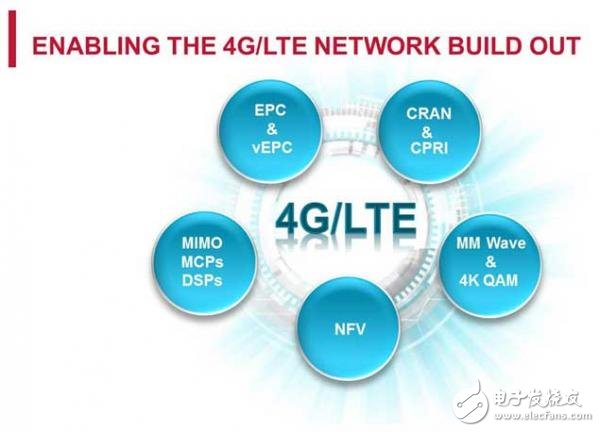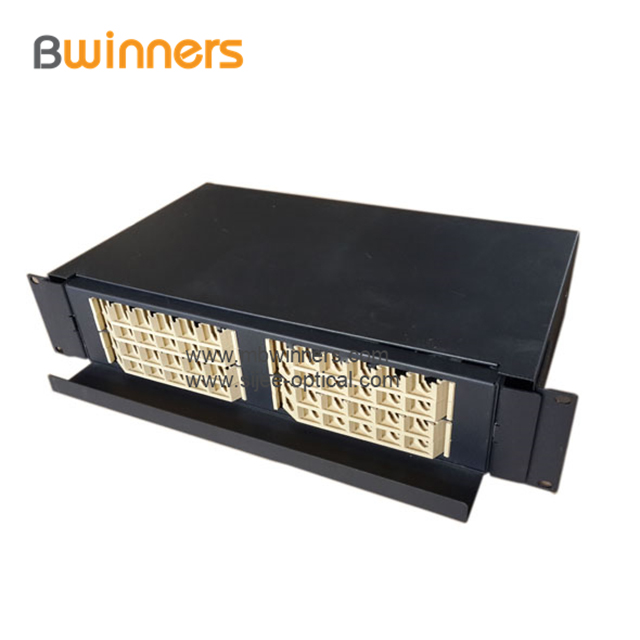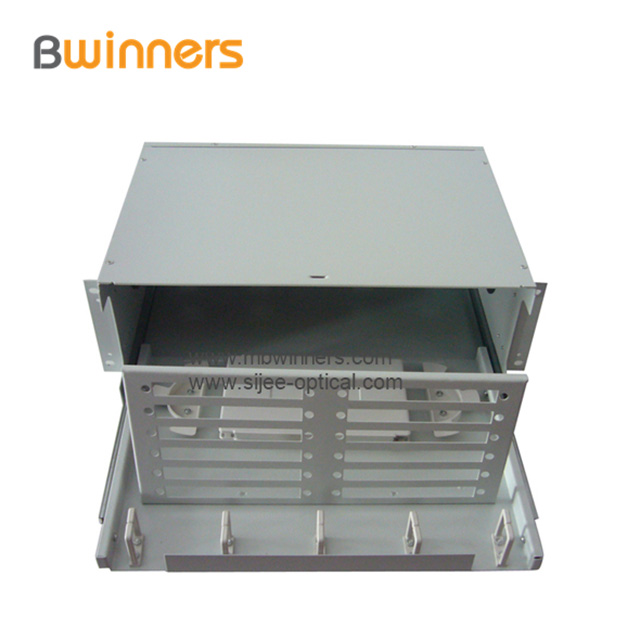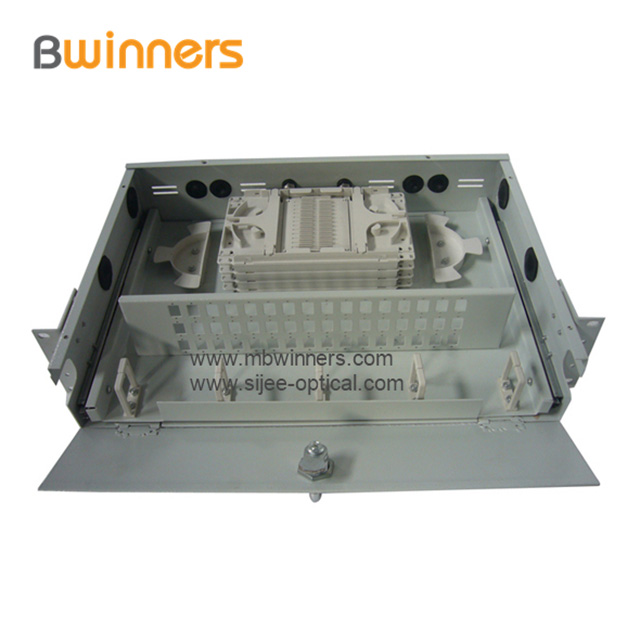For web developers, a little attention to the current state of demand for 4G/LTE communications will be clear to the future. According to recent forecasts, by 2018, mobile data traffic will grow 11 times1. More than half of the 190 EB data flowing through the wireless network will be transmitted over the 4G/LTE network. In order to popularize faster 4G/LTE services on a large scale, wireless service providers must achieve greater bandwidth and faster speed by investing in backhaul and core network infrastructure, which is also expected in 2018. The necessary conditions for wireless interconnect devices to increase to more than 10 billion. Expanding 4G/LTE networks can affect many aspects of wireless network development, including network Ethernet switching, cellular base station high-performance processors, improved backhaul systems, network controllers, and enterprise wireless LAN development.

Cloud computing is very likely to be included in the wireless service provider's network expansion plan. In a 2014 report, Markets & Markets Research predicted that cloud computing spending between 2013 and 2016 would increase by $677 billion. It is understood that the total global IT expenditure in 2013 was as high as 3.7 trillion US dollars. Operators will rely heavily on cloud-level networks to meet market demands. To facilitate this transformation, a series of important and innovative technologies are currently under development. As a leader in a range of emerging technologies, Network FuncTIon VirtualizaTIon (NFV) is a server virtualization variant that virtualizes multiple network nodes to provide communication services on a large scale. To increase the scalability, flexibility, and efficiency of Ethernet networks, NFV moves network functions from proprietary devices such as routers and switches to general-purpose servers running virtualization technology.
Evolved Packet Core (EPC) and Virtualized Evolved Packet Core (vEPC) are also important emerging innovations. The EPC represents the next generation evolution of the widely used 3GPP core network architecture. EPC is able to use the Internet Protocol to transmit packets over the network faster, rather than using circuit switched domains. vEPC technology virtualizes EPC functionality in wireless networks, enabling it to be delivered in the form of cloud services. In backhaul networks, transport providers will face considerable challenges in meeting the growing 4G/LTE network bandwidth requirements. Providers must ensure that the packet network is time-sensitive and synchronic, and that traffic is intelligently managed. The key to enhancing the backhaul is the so-called Consolidated Radio Access Network (CRAN). CRAN technology supports the development of larger base stations that combine multiple remote radio heads and towers into a single processing pool. But to achieve this depends on the integration of higher performance processors.
In addition to the upgrade required for the backhaul, the outbound network capacity must also be extended to transmit the Common Public Radio Interface (CPRI) traffic from the radio head to the base station. As an industry standard interface specification for RF head-to-base, CPRI has made this specification a perfect interface and the primary channel for most RF base station products.
In addition, the upcoming 4G/LTE network will also use millimeter-wave technology to expand the data pipeline. The millimeter wave (MM) is a wireless frequency of 60 GHz and above, and the bandwidth and data speed of this frequency can reach 200 times the MHz frequency. The millimeter wave technology provides a key link from the base station to the radio access network and can daisy chain multiple base stations together before reaching the Radio Access Network (RAN). The millimeter wave can also transmit general public RF interface traffic directly to the CRAN. Related developments include 4K QAM for microwave links, leading ways to increase network amplitude modulation, and a wide range of fiber backhaul networks and 10GbE connections between cellular base stations (instead of 1GbE connections), all of which contribute to optimal performance, but It will also depend on the integrated high-performance processor. To speed up the network, people must also greatly improve the base station processor capabilities, using multi-core processors in the base station, MIMO technology, base station digital signal processing (DSP) and fabric networks. Technology that provides multiple channels for data packets to alleviate network congestion.

Making 4G/LTE network expansion possible
The combined use of these network innovations will increase the speed, capacity and security of 4G/LTE networks, enabling operators to deliver robust new device applications, faster connectivity and a better overall user experience. From a consumer perspective, 4G/LTE is expected to dramatically improve the user experience with faster downloads and uploads, fewer dumb points, and more continuous data streams. In addition, LTE's faster speeds allow application developers to more easily build new experiences in mobile gaming, banking, social networking and shopping. By expanding the 4G/LTE network, service providers will be able to increase customer loyalty, reduce churn and increase revenue.
Fiber Optic Patch Panel, Termination Box Fiber Optic Termination Box/Patch Panel(OTB)designed according to the standard 19-inch cabinet, it is made of cold rolled steel of high grade and welded in its entirety with goods appearance, cabel can enter from the left or right side .
Fiber Optic Termination Box/Patch Panel(OTB) perform fiber splicing, distribution, termination, patching, storage and management in one unit. They support both cross-connect and interconnect architecture, and provide interfaces between outside plant cables and transmission equipment.




Fiber Optic Patch Panel
Fiber Optic Patch Panel,Fiber Optic Distribution Panel,Fiber Optical Patch Panel
Sijee Optical Communication Technology Co.,Ltd , https://www.sijee-optical.com